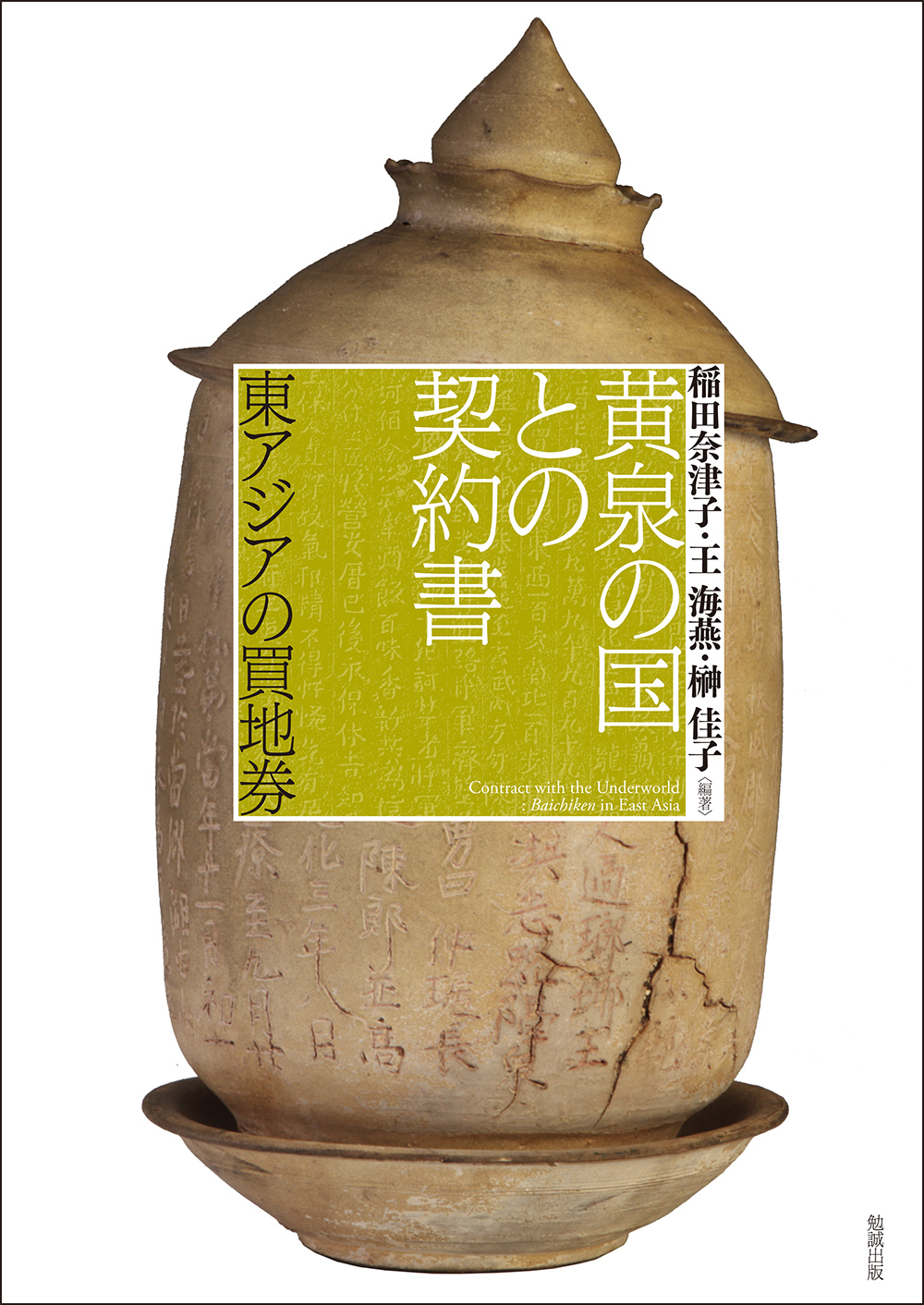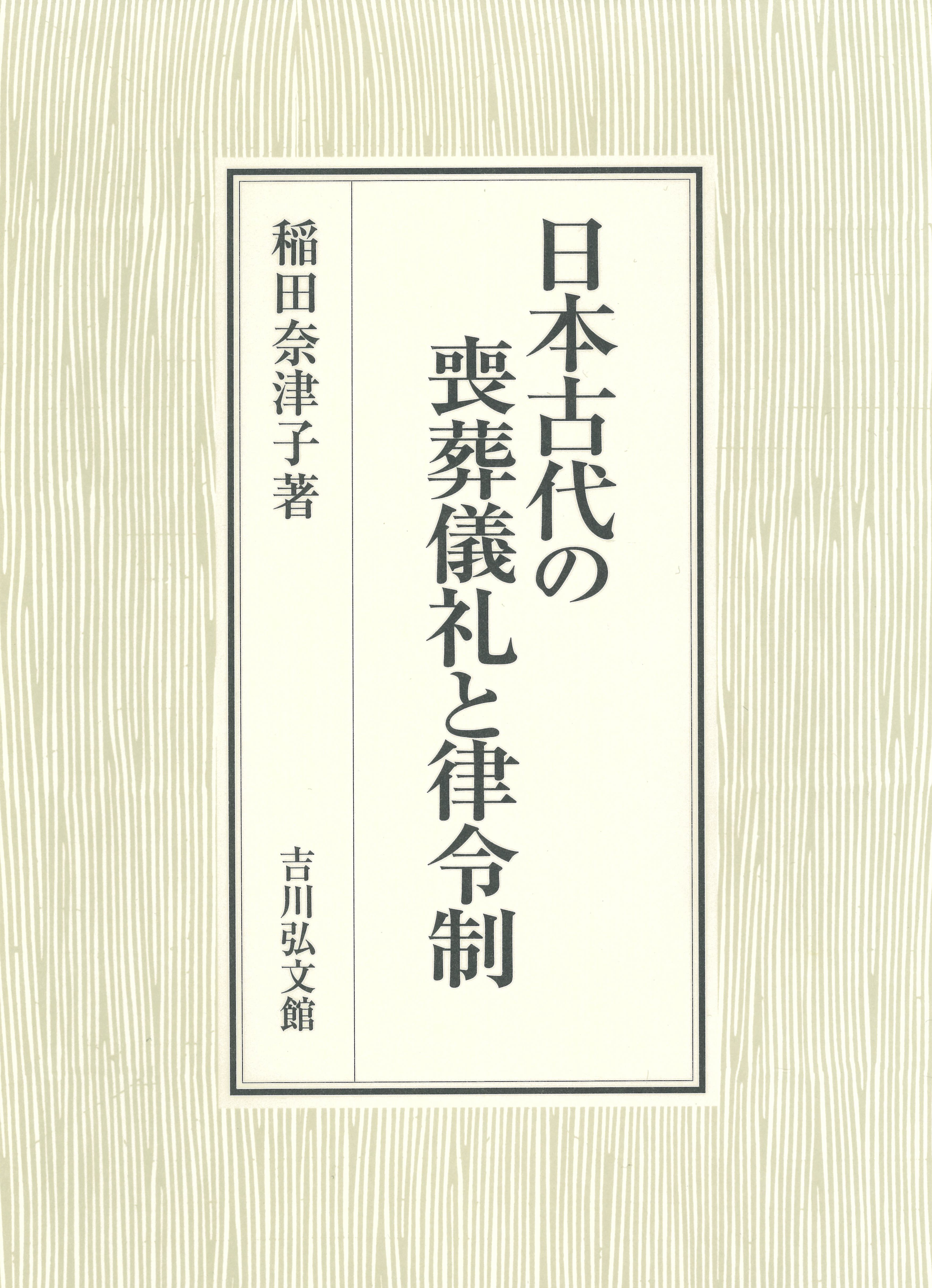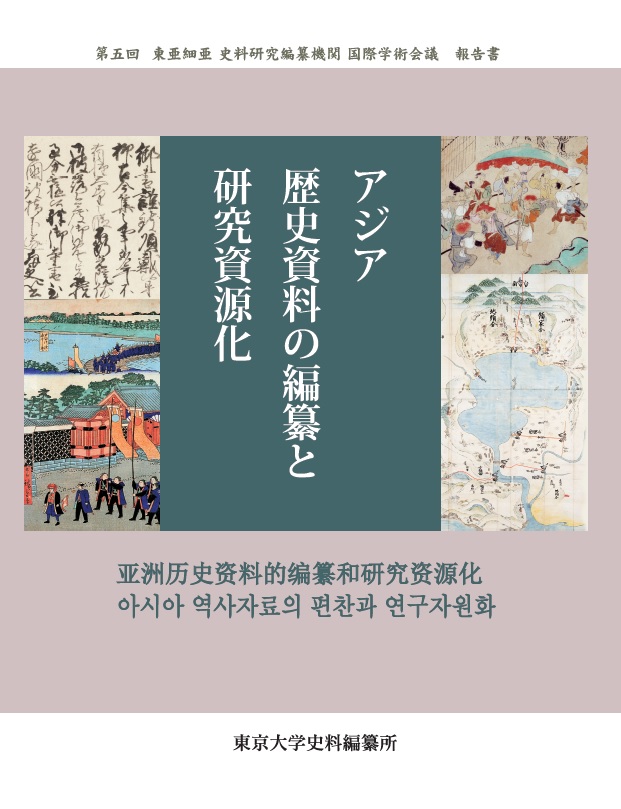
Title
Yomi no Kuni tono Keiyakusyo (Contract with the Underworld: Baichiken in East Asia)
Size
240 pages, B5 format, softcover
Language
Japanese
Released
March, 2023
ISBN
978-4-585-32030-2
Published by
Benseisha Publishing Inc.
Book Info
See Book Availability at Library
Japanese Page
The topic of this book is baichiken, or land-purchase contracts. However, these are not contracts for the purchase of ordinary land. They certify that a burial site for burying a deceased person has been purchased in accordance with proper procedures, and many of them are contracts with the underworld for the purchase of land from gods of the underworld. This kind of fictitious contract was placed inside a tomb together with the remains of the deceased person in the hope that the deceased would enter into a state of peaceful repose under the protection of the gods.
In China, examples of land-purchase contracts dating from the Later Han (first century) have been ascertained, and in some regions it is said that they have continued to be drawn up and buried down to the present day in the twenty-first century. Because this is a long-standing cultural phenomenon, just the number of those that have been identified to date, either through excavations or as items that have been transmitted down through the ages, is enormous. In surrounding countries, four have been identified on the Korean peninsula and two in Japan, and they show that a form of funerary culture originating in ancient China spread to surrounding regions through frequent exchange among the countries of East Asia.
When compared with the epitaphs that have also been discovered in burial sites, land-purchase contracts have two striking characteristics. One is the fact that they represent a form of culture centred on commoners rather than the ruling class. Epitaphs record the origins and career of the deceased person, the circumstances of their death, and expressions of grief and were also linked to Confucian thought, which places importance on reverence for ancestors, and they were produced mainly by the ruling class, such as members of the royal family and aristocracy. Land-purchase contracts, on the other hand, were often drawn up by comparatively affluent commoners in the provinces and are thaumaturgical in content, with Daoist elements, and unlike epitaphs, which make a solemn impression, these contracts have a rather interesting appeal.
The other characteristic of land-purchase contracts is the rich variety in their materials and shapes. This, too, is closely connected to the bearers of this culture and the contracts’ contents. Whereas many epitaphs were carefully engraved on thick, square slabs of stone, land-purchase contracts were not standardized in this way, and, apart from stone, they were also made out of other diverse materials, including iron, lead, brick, and pottery, and have diverse shapes, being not only square but also cylindrical, jar-shaped, and so on. Sometimes they were also written in strange ways to emphasize their magical power, either in hollow or high relief, in black or red ink, or in a vertically inverted or spiral form.
This book was produced in collaboration with Chinese researchers who shared my interest, with the idea that it would be good to have a book in which one could view these land-purchase contracts, which are fun just to look at, across time and space. All the examples from Korea and Japan have been included, and some of the more distinctive examples from China have been selected. A large number of illustrations, as detailed as possible, have been included with the cooperation of the holding institutions, and so the reader should be able to gain a real sense of the diversity of materials and shapes. Each illustration is accompanied by a transcription of the text, a translation in modern Japanese, and explanatory remarks, and the book also includes essays on the development and spread of the culture of land-purchase contracts.
One of the examples from Japan is the land-purchase contract for an ordinary woman of the Nara period that was discovered in Kurashiki, Okayama prefecture. Why did a land-purchase contrast suddenly appear at that time and in that location? This mystery is also discussed. I would urge you to take a look at this book.
(Written by INADA Natsuko, Associate Professor, Historiographical Institute / 2023)



 Find a book
Find a book



